Search
Did you mean: Soma?
Summary 
Loading AI-generated summary based on World History Encyclopedia articles ...
Search Results
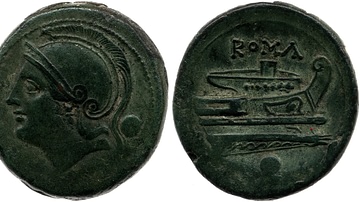
Image
Copper Coin Depicting Roma
A copper coin depicting the goddess Roma, a personification of Rome, or the war goddess Bellona on the obverse. On the reverse, the prow of a ship and the title "ROMA". Minted in Rome c. 217-215 BCE. (British Museum)
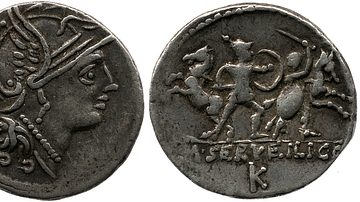
Image
Coin of Roma or Bellona
Silver denarius minted by M Servilius depicting the goddess Roma or Bellona on the obverse. On the reverse are two soldiers, with their horses in the background. c. 100 BCE. Rome. (British Museum)
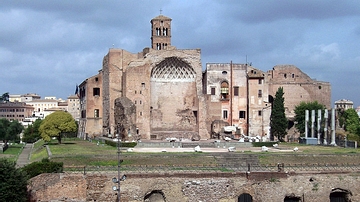
Image
Temple of Venus and Roma, Rome
The Temple of Venus and Rome (Templum Veneris et Romae) is thought to have been the largest temple in Ancient Rome. The architect was the emperor Hadrian and construction began in 121 CE. It was officially inaugurated by Hadrian in 135 CE...

Video
Gypsies, Roma, Travellers: An Animated History
Europe is home to 10-12 million Roma, yet many Europeans are unable to answer the basic question, “Who are the Roma?” The remarkable history of Gypsies, Roma, and Travellers in Europe, beginning over 1,000 years ago, tells a story of diversity...
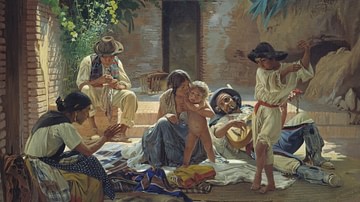
Definition
Romani
Romani is an umbrella term used to describe a diverse ethnolinguistic group of people with a historical presence in Europe and West Asia. The historically common term 'Gypsy' is based on the myth that they came from Egypt. In reality, the...
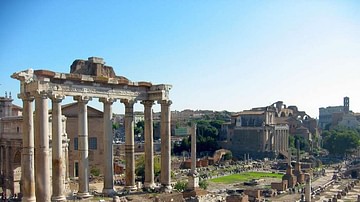
Definition
Ancient Rome
According to legend, Ancient Rome was founded by the two brothers, and demigods, Romulus and Remus, on 21 April 753 BCE. The legend claims that in an argument over who would rule the city (or, in another version, where the city would be located...
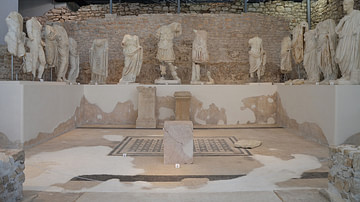
Definition
Roman Imperial Cult
The Roman imperial cult was the practice of venerating Roman emperors and their families as having divine attributes, honoring their contributions to the spread of Roman religion and culture. It was instituted by the first Roman emperor Augustus...
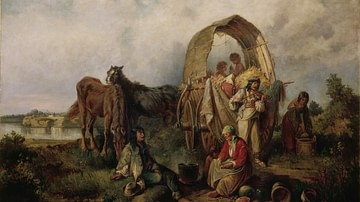
Definition
Romani Language
Romani is an Indo-European language, belonging to the Indic subbranch which includes Sanskrit and Hindi. Because of the Romani diaspora throughout Europe and West Asia, it developed in close contact with European and Iranian languages. It...
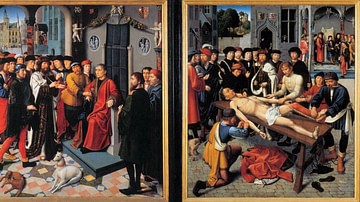
Article
Herodotus in Art
Herodotus' Histories with their historical, geographical, ethnographic, and religious aspects, have always been a source of delight and interest, not only for generations of readers, students, and storytellers, but also for artists. A complete...
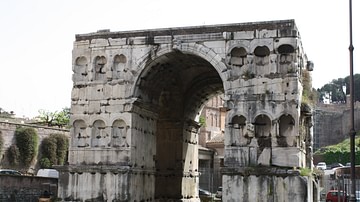
Article
Arch of Janus
The Arch of Janus, erected in the 4th century CE, stands in the forum Boarium of Rome and was most probably set up as a boundary-marker rather than a commemorative triumphal arch. The four-way marble arch stands over the Cloaca Maxima or...